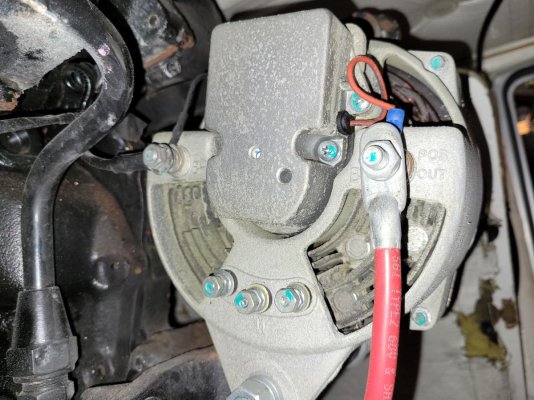REO
Veteran Member
I recently installed Ll house batteries. I also installed a Balmar DC to DC charger to charge my starting battery from the house batteries. A 20 amp charger is still in place from the original system for charging at the dock. I also installed an 80 amp inverter charger for dockside charging the house batteries. I am considering connecting the 20 amp charger to the starting battery. With this configuration my starting battery will receive a charge from the DC to DC charger and the 20 amp charger at the same time.
I asked a Balmar tech support person if this is an acceptable configuration. He said that it could overcharge the starting battery. That doesn't seem right.
The DC to DC charger is limited to 30 amps and the ac 20 amp charger will be connected to both the starter and generator batteries, reducing the charge at the starter battery to about 10 amps. Is charging from two sources a problem? What happens if I also install some solar charging at the house bank?
I asked a Balmar tech support person if this is an acceptable configuration. He said that it could overcharge the starting battery. That doesn't seem right.
The DC to DC charger is limited to 30 amps and the ac 20 amp charger will be connected to both the starter and generator batteries, reducing the charge at the starter battery to about 10 amps. Is charging from two sources a problem? What happens if I also install some solar charging at the house bank?


